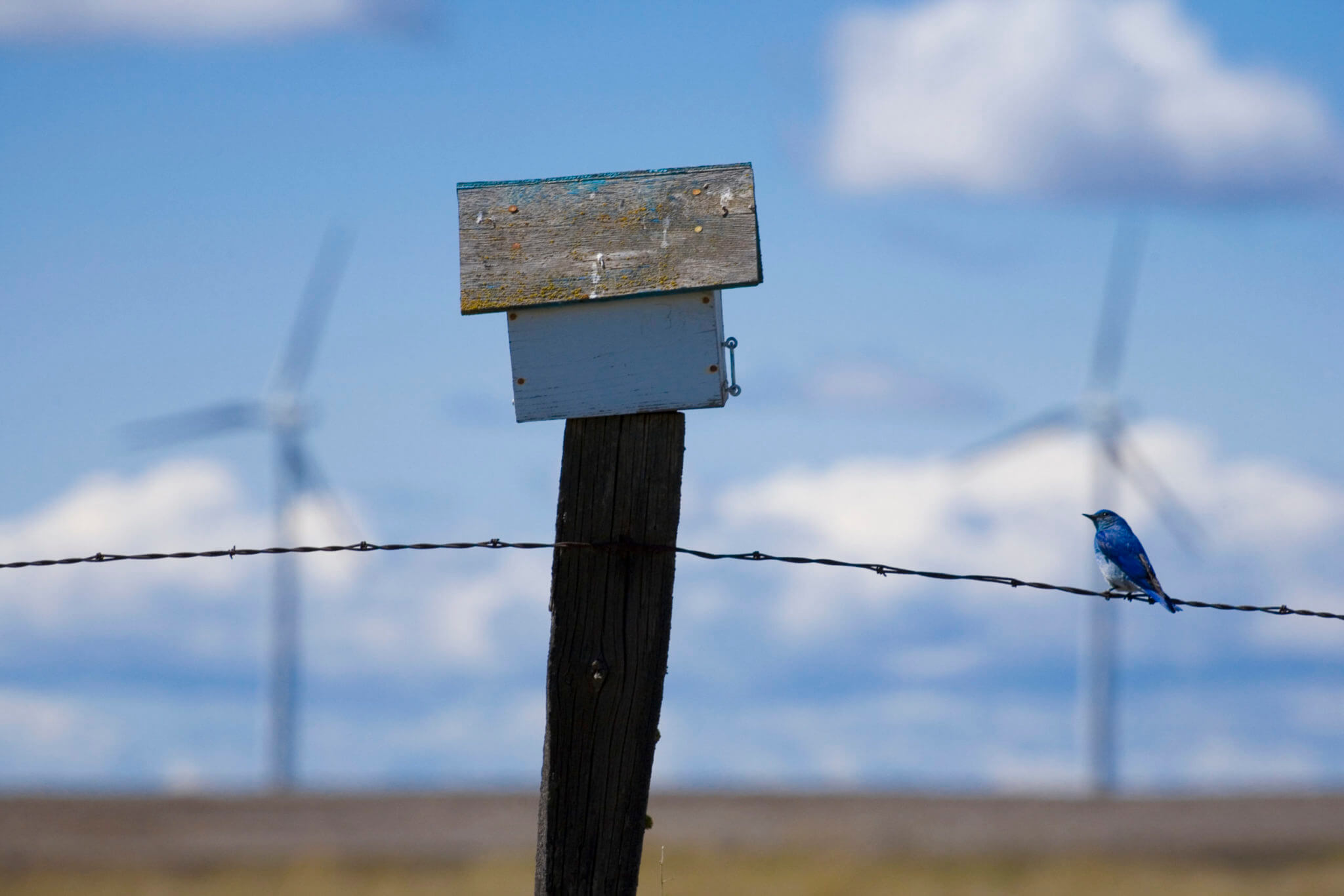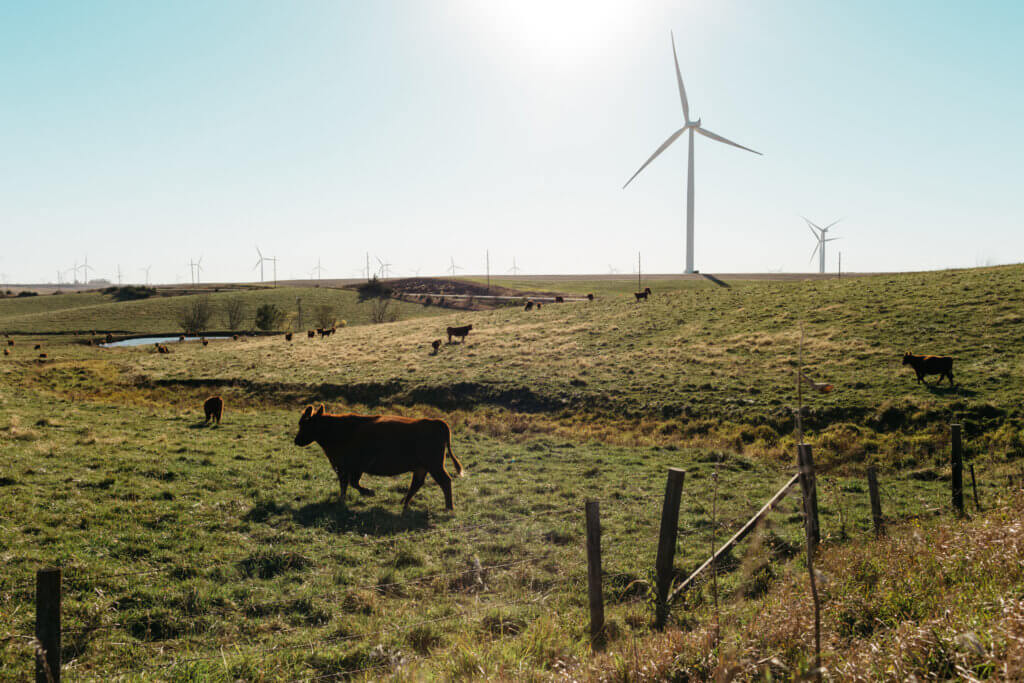Wind industry has legacy of caring for wildlife
The recent headline, “Glass architecture killing millions of migratory birds” set off quite an internal debate within our organization – but not for the reasons you might expect.
You see, we’ve battled for years in the wind industry to get to a place where any public discussion about protecting birds begins with the science to date showing that wind and solar are indeed the most wildlife friendly ways to produce electricity. Those who truly care about the fate of birds and wildlife know that climate change is by far their greatest threat, evidenced by several recent studies.
While we do have impacts on birds, we would respectfully put our record of a ‘legacy of caring’ for wildlife and birds against any other energy producer. Time and again, we have employed numerous tools and techniques, informed by science, to mitigate and lessen our already minimal impacts. We have worked collaboratively with everyone from government agencies to NGO’s to lead the way in protecting wildlife and habitat. We can always do better and we strive to do that every day.
In short, we don’t need to hide behind the well-meaning but tepid response of the past which falls under the “yes, but…” banner. As in, “Yes we have impacts, but they are insignificant compared with tall buildings, humans driving vehicles and even cats.”
So what do we do with a story about glass buildings killing millions of migratory birds?
In this case, it actually becomes a simple answer. The story identifies a volunteer group called Lights Out DC and talks about their effort to document bird collisions with windows and glass buildings. The research in turn is utilized to inform the architecture community and help them design new buildings so that they won’t add to the cumulative billion migratory birds that perish each year due to collisions with windows and lighted structures, according to the U.S. Forest Service. The research is further utilized to help reduce the number of fatalities by encouraging existing structures to turn off or reduce lighting wherever possible.
This is exactly the type of effort the wind industry employs every day: conducting meticulous research, gathering data, and in turn leveraging that data to mitigate our impacts wherever possible in the day-to-day operations and future planning of wind farms – often in collaboration with NGO’s and government agencies.
We care about this story because we care about wildlife and their habitats. We care about any effort to reduce our human impact. We are proud of our legacy of caring, encouraged by the efforts of others such as Lights Out DC, but we feel best about the fact that we are helping reduce the biggest threat to wildlife every single day.




